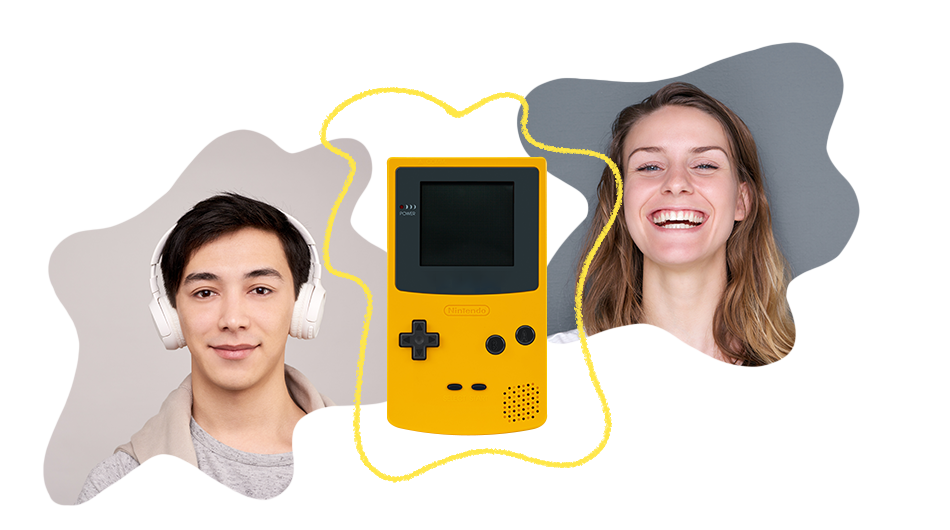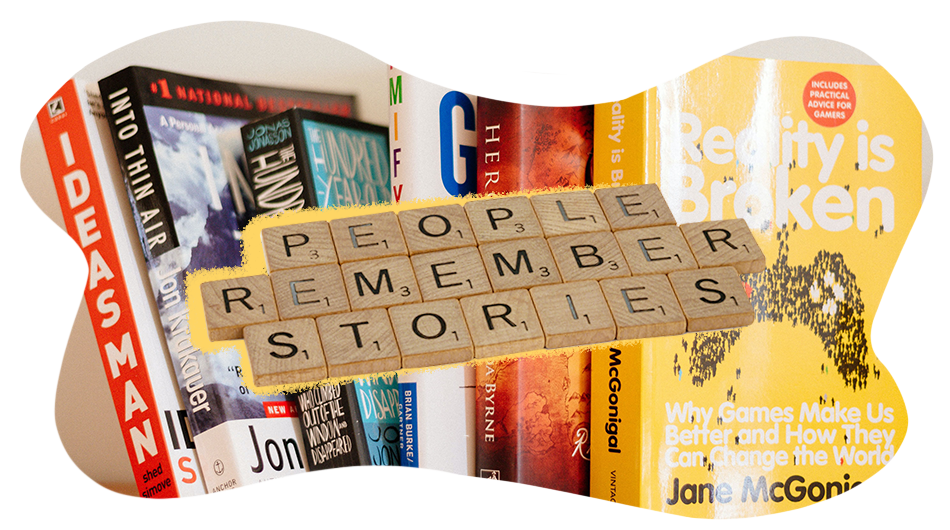During the 2020 and 2021 lockdowns, the whole life of learners revolved around the digital environment. It is estimated that teens spend up to 9 hours a day in front of screens. Such a sedentary lifestyle affects students’ physical and mental health and decreases performance. Here are five tips for teachers to fight online teaching fatigue and achieve astonishing results with students.
TABLE OF CONTENT:
Microlearning: Chunks of Knowledge

The main idea is to have as easy access to information as possible, so you can find it exactly when you need it, without interrupting our activities. That straight-to-the-point information can “wake students up.”
Once teachers show an engaging video, attention is grabbed. Moreover, deep focus decreases the feeling of tiredness and activates more learning pathways. It is a good idea to capture and cut the highlights by video recording so that learners can watch them later.
To apply microlearning techniques, tutors should dispose of a virtual classroom that offers interactive tools such as an online whiteboard, media player, screen sharing, etc. These are the four critical elements of such an approach:
- Short: it lasts less than 10 minutes
- Focused: do not give additional information like history or definitions
- Interactive: combine it with other activities like games
- Flexible: students can use it alone for more classroom activities like homework
Gamification: Insert Game Elements in the Lesson

Simply put, gamification is the idea of adding game elements to the online session, such as scoring systems and rewards. It adds a competitive spirit that helps students overcome online teaching fatigue.
The essence of this innovative technique is to energize and engage, but it can also help students release their stress. There are endless gamification ideas out there, but here are the best three:
Breakout Rooms
Breakout rooms allow students to maintain conversations in groups. Firstly, the teacher should set a topic. The next step is to divide the learners into different rooms. Each team should have one presenter to explain the group’s opinion clearly. Moreover, tutors could add some competition and offer an award for the winning team.
Draw, Guess, and Describe
Teachers can utilize the online whiteboard by drawing objects or ideas related to the lesson. Every learner should guess and then describe how they came to this conclusion. Such a gamification element ensures that students are on the same page and follow the lesson.
Research the Facts
“Research the Facts” can be played individually or in teams. The teacher should prepare many questions that require an extensive search. Then the learners should explain their findings. It is recommended that the topics of every student be different so that the whole class learns as many facts as possible.
Mental and Physical Health Awareness
The breakout rooms can serve not only for playing games but also for the social aspect; they can be a place where students can share their problems and feel understood. The teacher should always offer their help and make one-to-one conversations possible.
Another important factor is movement. If you feel that students are too tired, take a break and encourage them to go for a walk. Here are some benefits of doing so:
Sharper Thinking and Admirable Memory
The endorphins released during exercise help students feel and think better. Exceptional concentration and mental performance are just two of the many cognitive benefits of training. Physical activity is shown to stimulate the growth of new brain cells and maintain brain health.
More Energy, Better Results
Physical activity boosts cardiovascular health, which gives learners more endurance throughout the day. Moreover, this way, students have more motivation to engage in extracurricular activities and enjoy free time.
Walk & Learn More, Stress Less
Movement isn’t just good for your body but for your mind, too. Walking is one of the many lifestyle remedies for anxiety, which is common among learners. That’s why tutors should encourage them to walk or exercise while listening to the lesson at least once a week.
Encourage Students to Change the Environment

Research shows that productivity lowers when learners study, exercise, sleep and eat in the same space. Moreover, such a lifestyle leads to health problems and a decline in focus and motivation.
That’s why tutors can encourage students to perform these activities in different settings. It’s a good idea for them to enter online sessions in the virtual classroom from the house yard or other open places. Such an approach is applicable as long as learners have a stable Internet connection and a quiet environment without distractions.
Storytelling: Customizing Stories

A good teaching approach involves some storytelling: a good tactic teachers can use to combat fatigue. With the help of session templates in the VEDAMO virtual classroom, tutors can create themes or story paths for the learners. Thus, the whole learning experience is customized to the needs of the students.
If you are a teacher, apply these tips while incorporating storytelling in the lesson to engage learners:
- Commit emotionally to both the story and the students
- Dramatize by using vocal modulation
- Use gestures, body language, and movement to grab attention
- Create mental images by using descriptions that include all of the students’ senses
- Use easy-to-understand words
Being an exceptional tutor in the digital environment requires creativity, otherwise problems such as online teaching fatigue arise. The world is headed steadily towards ever more extensive digitization. That’s why educational institutions should explore new opportunities to engage students. The virtual classroom combined with an innovative teaching approach affirmed their position as the leading instruments for students’ success.
